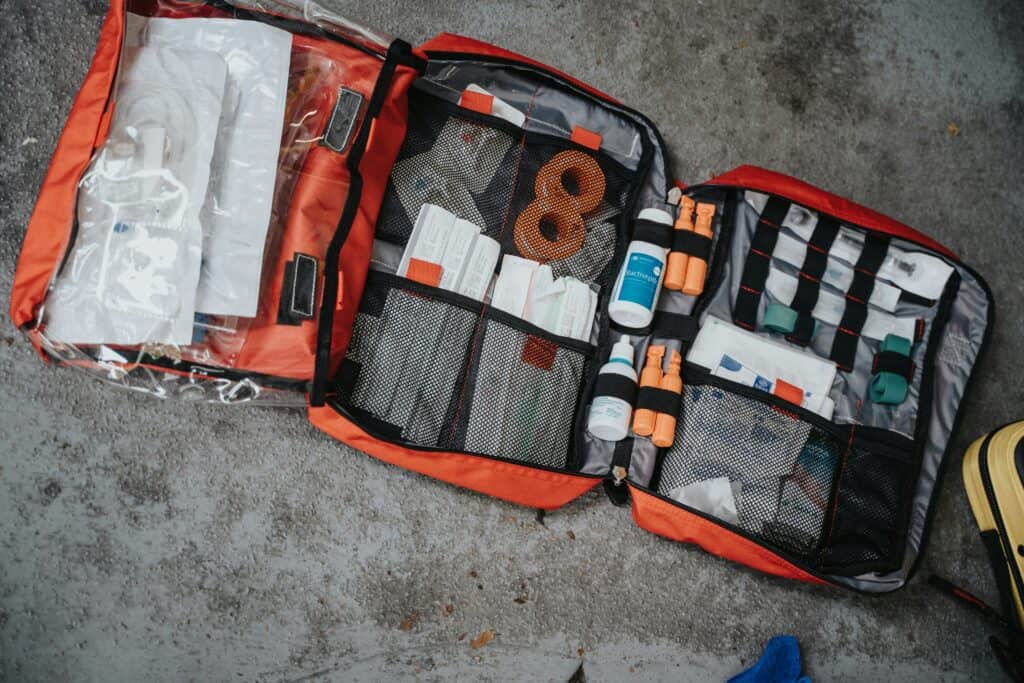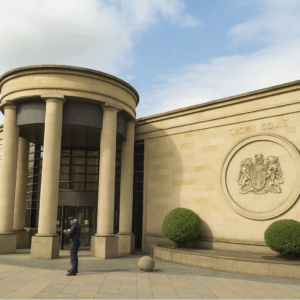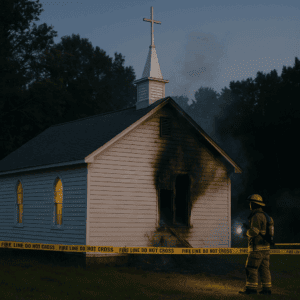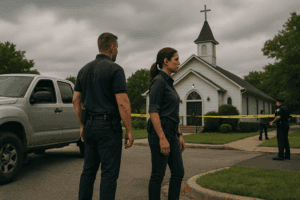When someone opens fire in a public place, every second matters.
While law enforcement plays a central role in response, it’s often armed civilians, those legally carrying, that are first on the scene.
And according to new research, their presence can make a real difference in saving lives.
A 2025 study by John Lott and Carl Moody looked at over 500 active shooter incidents from 2014 to 2023.
They compared how often police stopped the attacker versus how often legally armed citizens did, and what happened as a result.
The findings challenge some common assumptions.
What the numbers show
In incidents where armed civilians stopped the shooter, the number of people killed was 49% lower than in other cases.
The number of people wounded dropped by 41%. When you combine both figures, killed and injured, armed civilians reduced the total casualties by 44%.
Police responses didn’t show the same drop.
When police were the first to intervene, casualty numbers stayed the same or slightly increased.
That’s not because police did something wrong but because they’re often called after the attack is already underway.
They usually arrive minutes later, sometimes too late to stop the worst of the damage.
The Indiana mall shooting
One clear example happened in 2022 at Greenwood Park Mall in Indiana.
A shooter opened fire in the food court. Within 15 seconds, a 22-year-old shopper, legally carrying a handgun, stopped the attack.
He fired ten rounds from about 40 yards away, hitting the attacker and ending the threat.
Three people had already been killed, but many more could have died without that response.
Local police called the bystander a “hero.”
Why armed civilians may be more effective
Unlike officers in uniform, armed civilians don’t stand out.
Shooters targeting crowds in public spaces often try to avoid police or attack them first.
An armed civilian, though, is often overlooked until it’s too late for the attacker.
They’re usually already on site when the shooting begins, not minutes away in a patrol car.
That head start matters.
And while civilians don’t have the same training as police, that doesn’t mean they’re reckless.
In the study, there were no cases where an armed civilian accidentally killed the wrong person. They weren’t disarmed. They didn’t interfere with the police.
Only two were killed while trying to stop a shooter, compared to 26 police officers who died doing the same.
What this means for public safety
There’s a clear takeaway from the research: armed citizens who choose to carry and train can make a difference.
Not everyone wants to carry, and not everyone should.
But those who do can act faster than police in some situations and reduce the number of people harmed.
It doesn’t mean we should replace police.
It means we should recognize that there’s a wider civilian role in security, especially in places where response time is a factor.
Church safety teams, school guardians, and responsible citizens may all play a part in filling that gap.
For individuals and groups thinking through their security plans, this data offers more than theory.
It offers a proven model. One that’s been tested, studied, and shown to save lives.
If you or your team is responsible for protecting others, whether in a school, church, or public space, don’t wait until it’s too late.
Contact Risk Strategy Group to schedule a threat assessment or set up training tailored to your environment.
Be ready before the seconds start counting.








